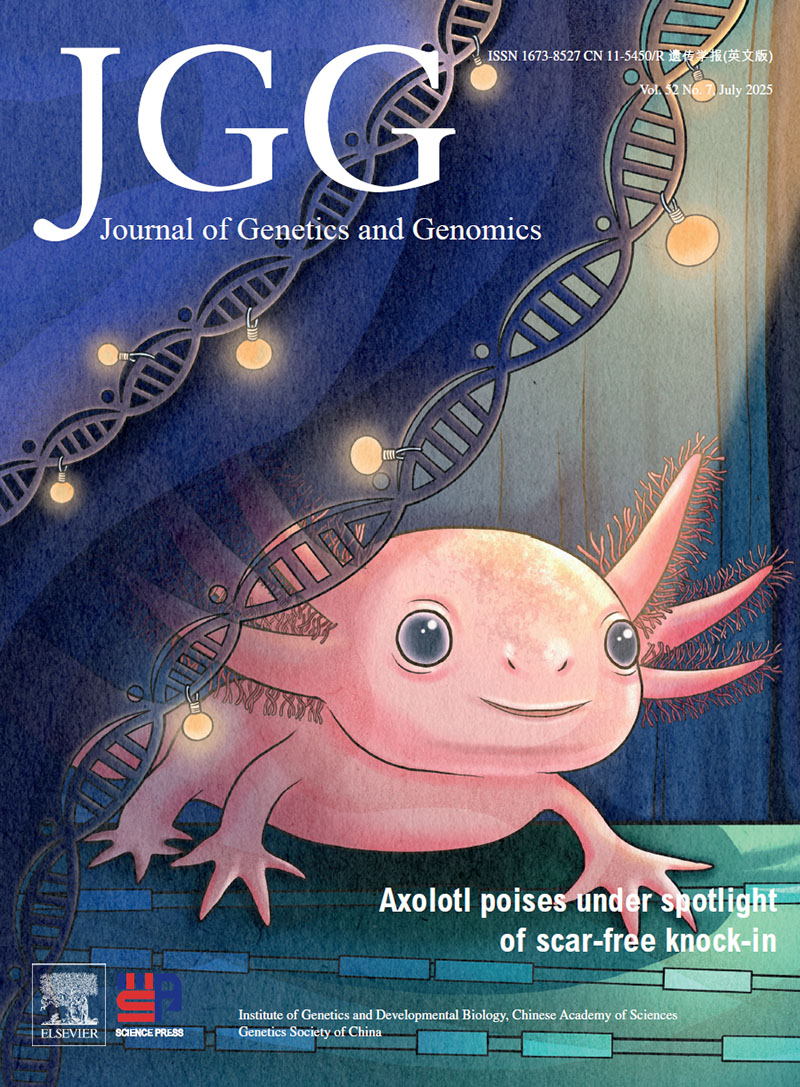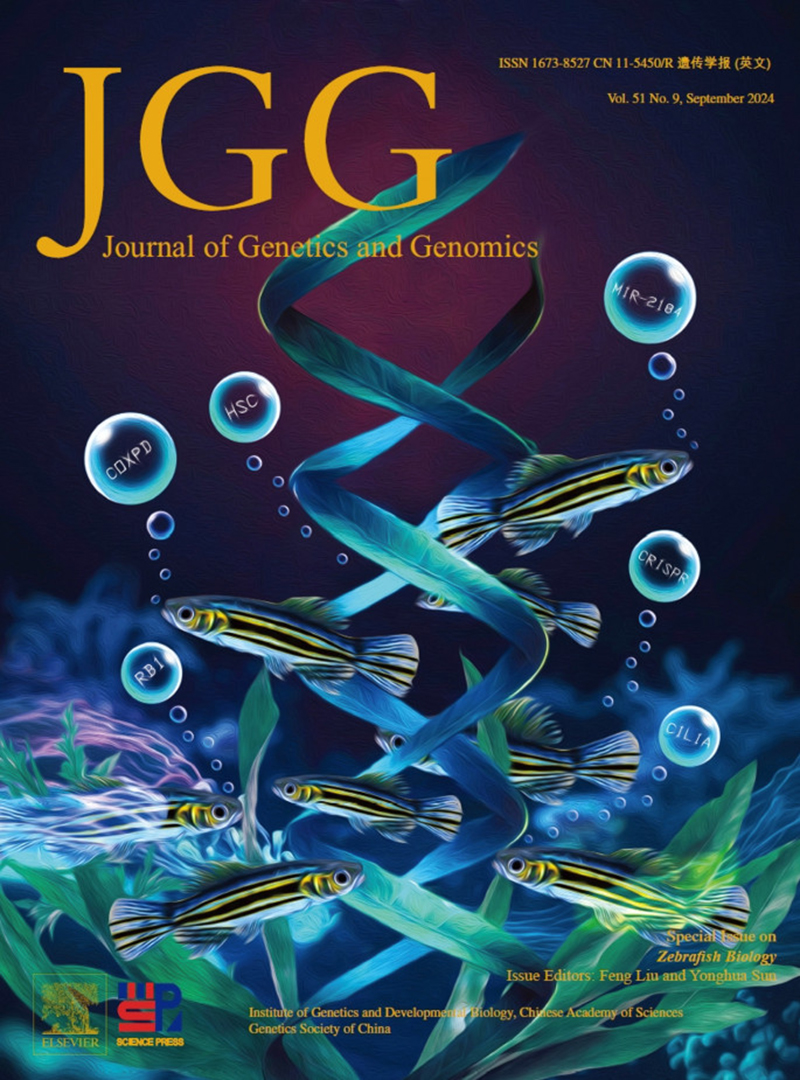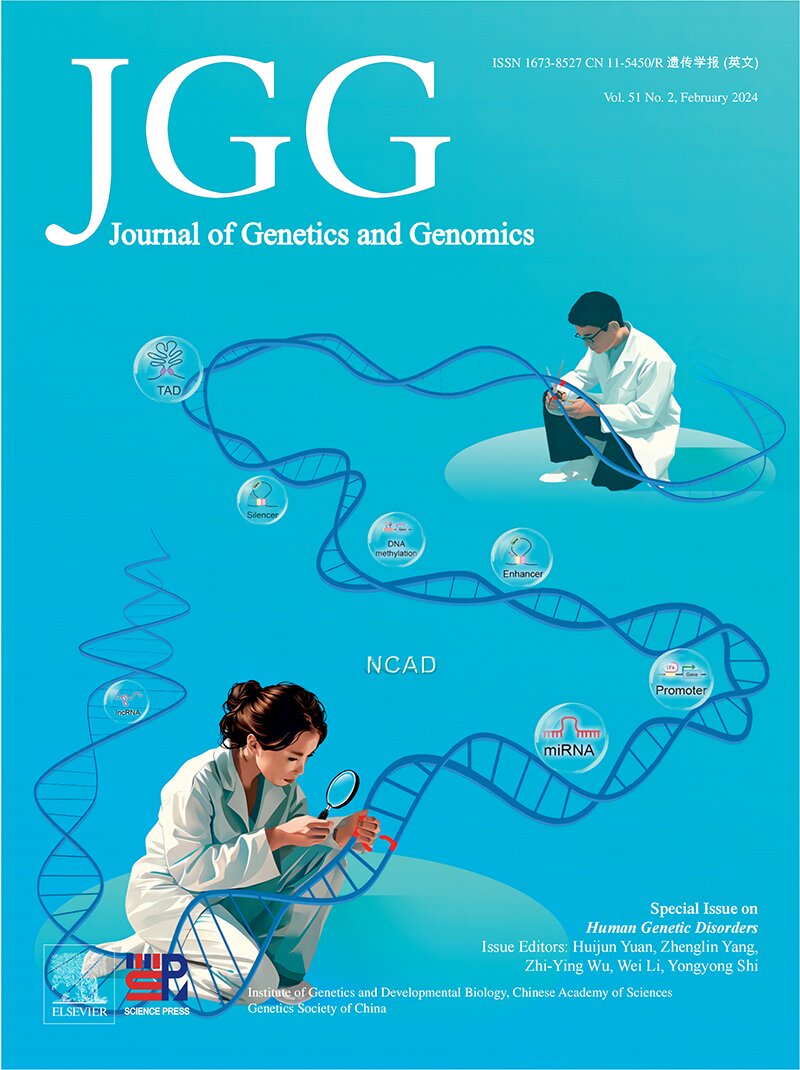, Available online ,
doi: 10.1016/j.jgg.2025.07.003
Abstract:
, Available online ,
doi: 10.1016/j.jgg.2023.09.002
Abstract:
, Available online ,
doi: 10.1016/j.jgg.2024.12.016
Abstract:
, Available online ,
doi: 10.1016/j.jgg.2024.12.011
Abstract:
, Available online ,
doi: 10.1016/j.jgg.2024.11.008
Abstract:
, Available online ,
doi: 10.1016/j.jgg.2024.07.001
Abstract:










